Today I present you the amazing work of

https://drjacobnordangard.substack.com/p/digital-public-infrastructure-for
G20 leaders meeting uncovers the new old technocratic concepts

At the G20 leaders‘ meeting in India, under the motto “One Earth, One Family, One Future”, the new concept Digital Public Infrastructure (DPI) and the NGO One Future Alliance were launched. These initiatives intend to increase the interconnectedness of the data-based systems with the aim of meeting the Sustainable Development Goals
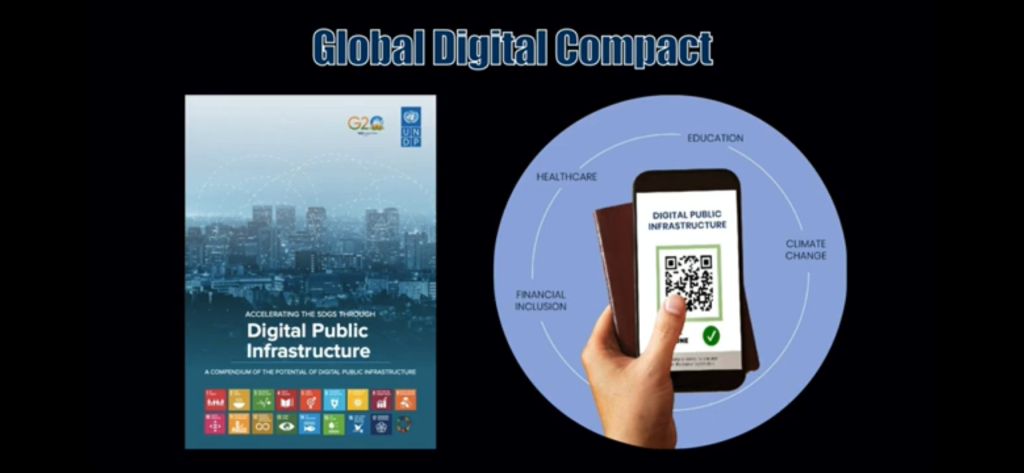
Why the President of the Club of Rome tried to stop the approval of my dissertation
A brief history of the club, their vision of a technocratic dictatorship, and tight connections to the elites of the world
I was in Rome in the middle of September to meet with my family and celebrate one of my sisters who turned 60. She had dreamt of having her birthday party in Rome. The trip also gave me the possibility to explore the city’s rich history and visit some well known places.
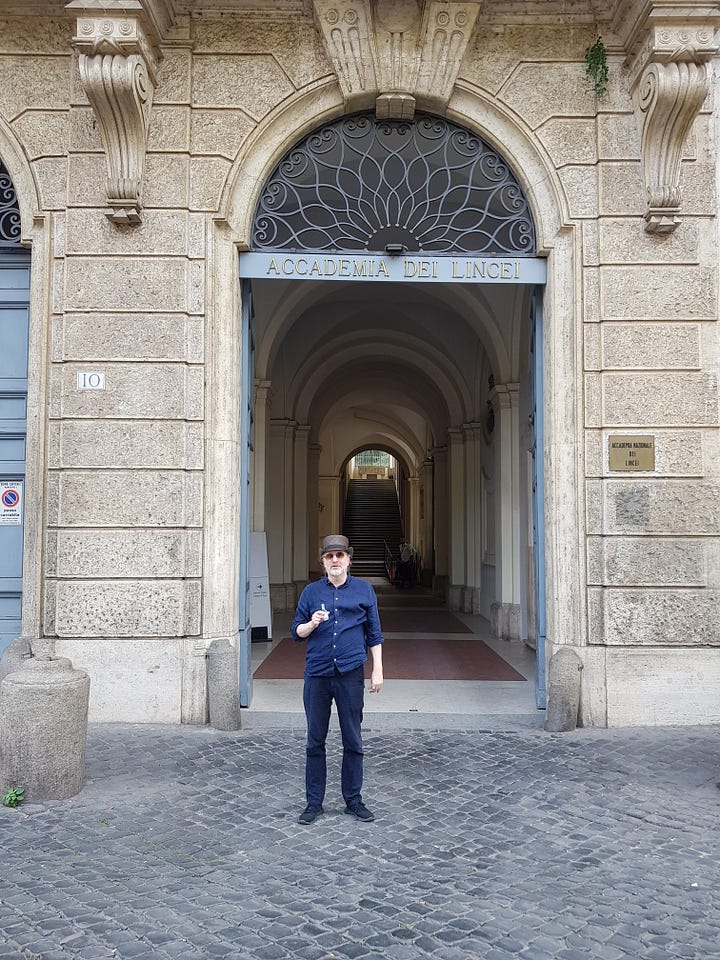
One of those places were Academia dei Lincei. A prestigious scientific institution, claimed to be the oldest in the world, that is located in the Palazzo Corsini in the Trastevere district. As a strange coincidence we found out that the botanical garden of Rome, a place that my other sister, a florist, had expressed her wishes to visit, was located in the garden of the same palace. I also learned that this was the place where Queen Christina of Sweden set up her “Academy of Arcadia” after her abdication from the Swedish throne in 1654.1 After her death in 1689, the Pontifical Academy of Arcadia was established in her memory.
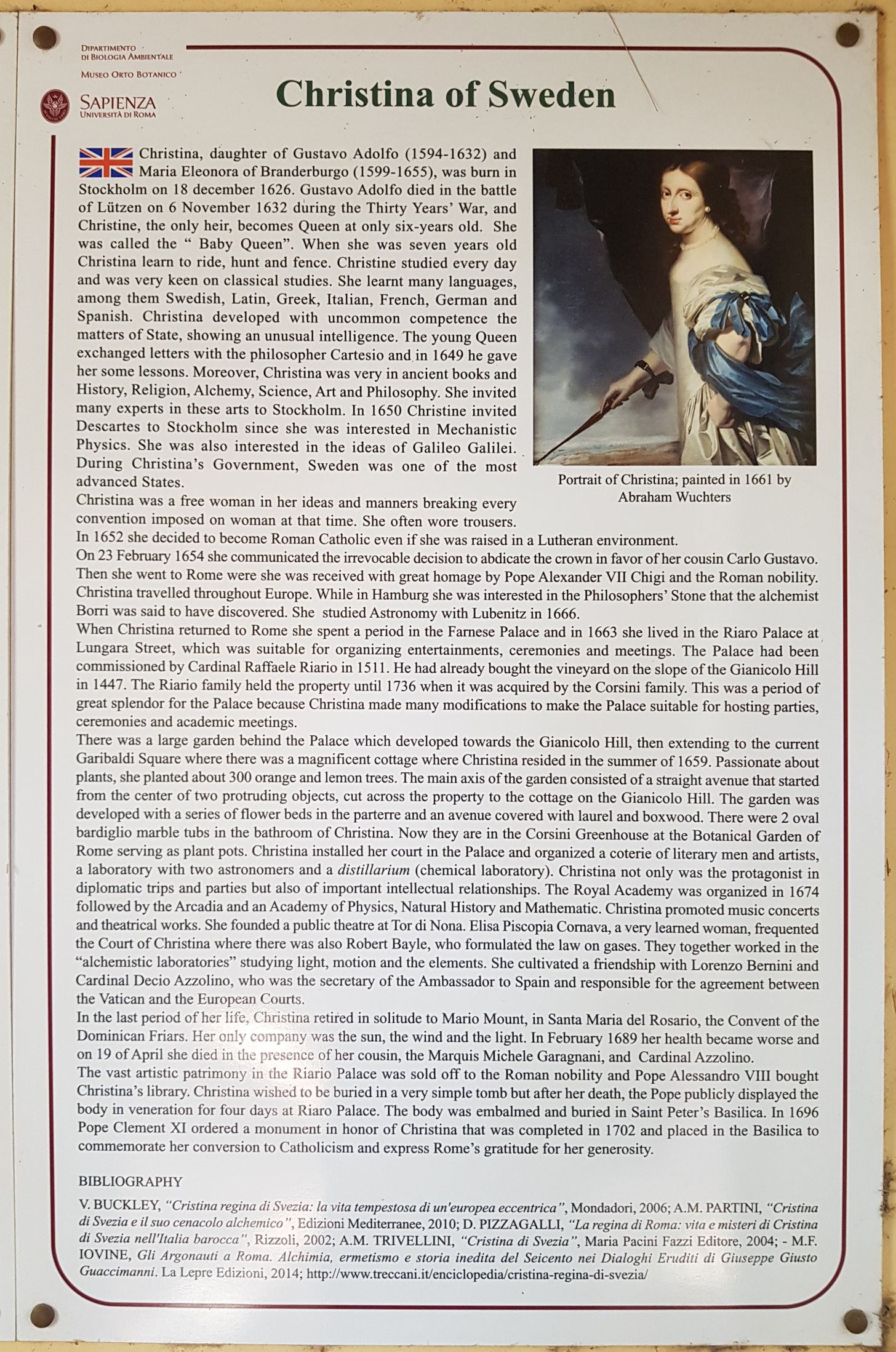
My main reason to visit the institution was that it was the birthplace of the elitist environmental think tank Club of Rome. An organisation that has had a huge influence on the global agenda. In this case we also find Swedish connections.
On April 7-8, 1968, 30 European economists and scientists gathered in the nearby Villa Farnesina to discuss a framework for initiating systems-wide planning on a global scale. At this meeting they couldn’t agree on what should be done, but a little core group was created in the aftermath to carry on with the agenda. This group took the name Club of Rome and began preaching the gospel of doom.
Club of Rome’s mission has since been “to promote understanding of the global challenges facing humanity and to propose solutions through scientific analysis, communication and advocacy”.
When I started my studies in Geography in 2004, I genuinely believed in their doomsday messages and dire projections, but as I climbed higher on my learning ladder I began to question the validity of their claims.
It was due to the warnings of a dramatic drop in oil production in the years after the millennium shift that I had returned to the university to learn more about energy. I was worried about what would happen if the world’s oil supply would run out and Club of Rome was one of the main proponents of the Peak Oil Theory. But as they also claimed that the burning of fossil fuels would cause catastrophic climate change, I started doubting the narrative. Wouldn’t this problem be solved if there was no oil to be burned? How could they sound the alarm on both issues? And what was their solution?
I sensed that there were “something rotten in the state of Denmark”. As I was writing my Masters thesis in Geography in 2007, I became aware of the disturbing connections to the elites of the world and the real goals of the club.
The seed money to establish Club of Rome came from Italy’s richest man at the time. The head of the automobile manufacturer FIAT, Gianni Agnelli.
The founders were the Italian industrialist Aurelio Peccei, formerly FIAT, Olivetti and AlItalia, and British scientist Alexander King, Director-General for Scientific Affairs at OECD. They were both connected to NATO.
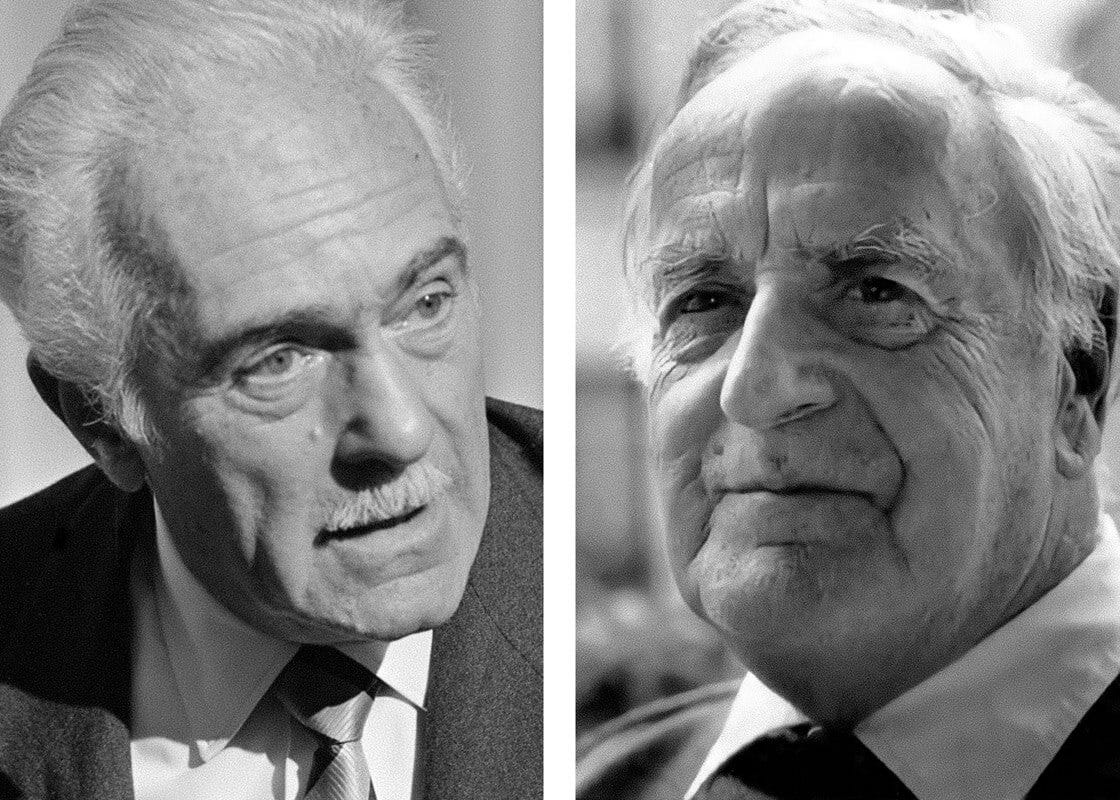
The background was that Peccei had held the keynote speech at the banking organisation ADELA’s first meeting at Buenos Aires National Military College in 1965.
ADELA (Atlantic Development of Latin America) was an international consortium of bankers with the aim of supporting industrialisation and economic integration in order to achieve a common Latin American market. Peccei was one of the founders together with David Rockefeller’s close alley, US Senator Jacob Javits. Other notable participants were Emilio Collado (Standard Oil of New Jersey), Warren Wilhelm (Texaco Oil), Gianni Agnelli and the Swedish banker Marcus Wallenberg Sr.2
Peccei talked about the future technological revolution, artificial intelligence and “the close interdependence between man and the machine” that would change everything. He advocated that this development had to be centrally guided and that it required unification of Europe and later the world. Otherwise the control of the future would be lost.3, 3.1
His speech caught the attention of US Secretary of State Dean Rusk (previously the president of The Rockefeller Foundation) as well as Jermen Gvishiani from the State Committee on Science and Technology of the Soviet Union. This started a chain of events that led to the meeting in Rome three years later.
The ball really started rolling after a meeting at Rockefeller Foundations Bellagio Center in Italy in October 1968 with several of the Clubs members attending and other participants joining. The meeting was a joint OECD and Rockefeller Foundation venture that produced the outcome document „The Bellagio Declaration on Planning“.
Aurelio Peccei outlined his philosophy in the book The Chasm Ahead in March 1969. The ideas had similarities to Columbia Professor Zbigniew Brzezinskis Technetronic Society that were presented in the book Between Two Ages in 1970.
The prescribed solution was a Technocratic Dictatorship for Crisis Management that was to be sold to the public with nice fuzzy words about saving the earth and preserving wildlife. Peccei’s environmental rhetoric had been inspired by his hero Julian Huxley, the founder of WWF and UNESCO.
With aid from international philanthropy and support from US and Soviet governments, Club of Rome then became an international venture, with participants from both sides of the Iron Curtain with offshoots like International Institute for Applied Systems Analysis (IIASA), located in the castle Schloss Laxenburg, Austria (1972), and International Federation of Institutes for Advanced Study (IFIAS), initially located at Ulriksdal Castle in Stockholm (1972).
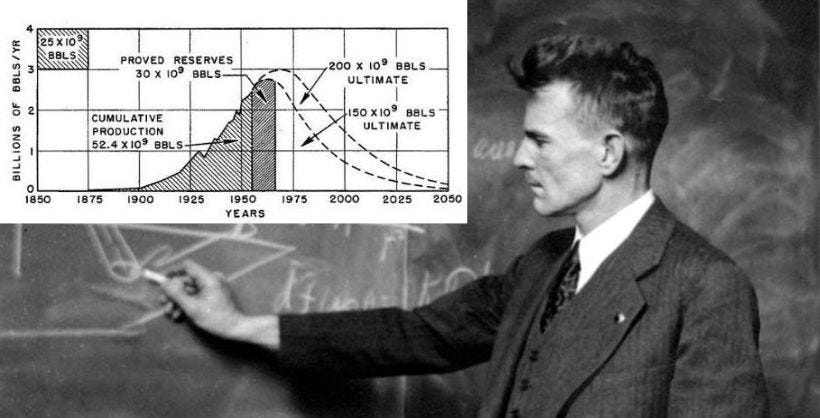
I later learned that the originator of the Peak Oil Theory, M King Hubbert, was a member of Club of Rome. Hubbert was an enthusiastic technocrat that had co-founded Technocracy Inc. in 1933 together with Howard Scott. Hubbert was the main author of the manual to technocracy, Technocracy Study Course, which principles were taught in the basement of Colombia University, New York.4 These technocratic ideas of system wide planning and scientific management techniques were incorporated into the Club of Rome’s philosophy.
As chief geologist at Shell Oil, Hubbert had projected that US oil production would peak in 1970. This prediction was presented at the American Petroleum Institute in 1956. His theory – which was falsified when United States oil production surpassed the 1970 peak in 2018 – was then used to further Club of Rome’s technocratic vision for the world.5
This was also the case with the Anthropogenic Global Warming (AGW) theory. Probably the biggest scientific fraud of all ages. Former Rockefeller Panel Report member Carrol L. Wilson (a close friend of Nelson Rockefeller’s) incorporated “man made climate change” in Club of Rome’s agenda in the early seventies and commissioned MIT and Jay Forrester to make suitable data projections about the future.
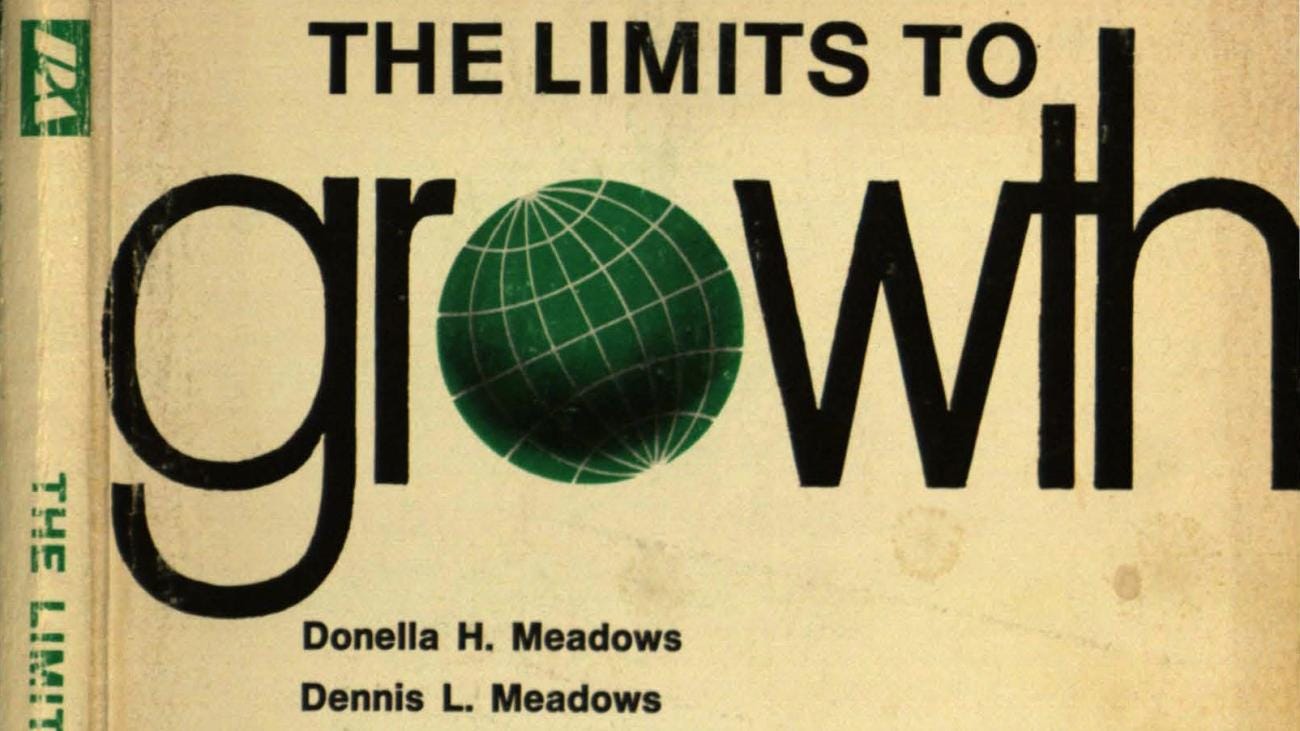
These projections were included in Club of Rome’s most well-known report Limits to Growth (1972), which was published with big fanfares three months before United Nations Conference on the Environment and Development in Stockholm, sparking a debate on the link between population growth and resource scarcity. Fittingly, Club of Rome member and Rockefeller Foundation member Maurice Strong was secretary-general of the conference, with Wilson as his advisor.
Global management of the planet and zero growth were prescribed as the grand solutions. These solutions have since been repeated over and over in reports to the Club of Rome such as Mankind at the Turning Point (1974), Reshaping the International Order (1976), Goals for Mankind(1977), The First Global Revolution (1991), Bankrupting Nature (2011), and the latest, Earth for All (2022).
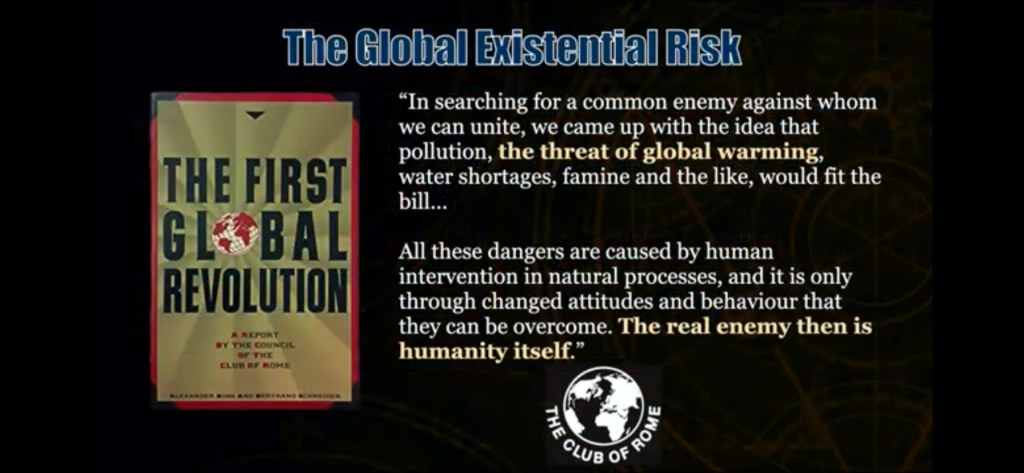
Aurelio Peccei presented this plan to Klaus Schwab and the global business elite at Schwab’s newly founded European Management Forum in 1973. That same year David Rockefeller and Zbigniew Brzezinski founded the Trilateral Commission with the same goal in mind. https://widgets.weforum.org/history/1973.html
The plan was also discussed by futurists and global planners during World Future Society’sconference “The Next 25 Years: Crisis & Opportunity” in 1975, with US Vice President Nelson Rockefeller as the opening speaker. It was called for a crisis that would have the ability to unite humanity and achieve the desired outcome.6
In 1978, a meeting was held at Grand Hotel in Saltsjöbaden, Sweden, with heads of state and government to discuss how the problems highlighted by Club of Rome could be solved.
At this meeting, the main obstacles to the fulfillment Club of Rome’s utopian vision were identified as a) democracy; b) labour unions; and c) the striving of individuals to create a better lives for themselves. Therefore, both persuasion and fear would have to be used.7
As ministers, we have received a great deal of information, forecasts and the results of analysis. What is lacking is political decision. Most politicians are aware of the nature of the problems, but no decisions are taken. Why? The man in the street is not prepared to make sacrifices and the politician will not fight this attitude—indeed he cannot without risking his political life. Sacrifice is against trade union principles.
There are two possible approaches: One is to try to build up an ethic which substitutes satisfaction for material reward. The other is to frighten people to the point where they will make sacrifices in order to avoid catastrophe. Both methods must be attempted.
(from Dr. Whitehead’s notes from the Club of Rome meeting in Saltsjöbaden, Stockholm, 1978)
In 1980, World Future Society arranged the “First Global Conference on the Future” with the motto “Think Globally, Act Locally” with Strong and Peccei as attendees. The futurist Warren Wagar proclaimed that technocracy was “the highest stage of capitalism” and prophesied that it soon would be implemented.
Three years later, Trilateral Commission member Gro Harlem Brundtland headed the UN commission, together with Maurice Strong, which developed the concept of Sustainable Development. It was presented in their report Our Common Future (1987) and was the trojan horse that would make the technocratic dictatorship a reality.
In 1991 the Trilateral Commission presented an action plan on how to achieve this in Beyond Interdependence – The Meshing of the worlds Economy and the Earths ecology. Maurice Strong and David Rockefeller wrote the foreword.8
Strong then took the role as secretary-general during the Earth Summit in Rio de Janeiro in 1992. The major outcomes was the adoption of UN Agenda 21 and the UN Framework Convention for Climate Change (UNFCCC). The plan was put in place.
Strong also headed the Earth Charter commission together with honorary Club of Rome-member Mikhail Gorbachev, and with Steven Rockefeller as coordinator. The outcome was sixteen principles, or commandments, for a “just, sustainable and peaceful world”. They were launched at the Peace Palace in the Hague in 2000.9
Scenarios on how the desired “planetary civilisation” could be achieved were presented in the Global Scenario Groups The Great Transition – The Promises and Lures of Our Times in 2002. This report listed crisis like environmental degradation, climate change, social polarisation, and terrorism as possible triggers for the transformation.
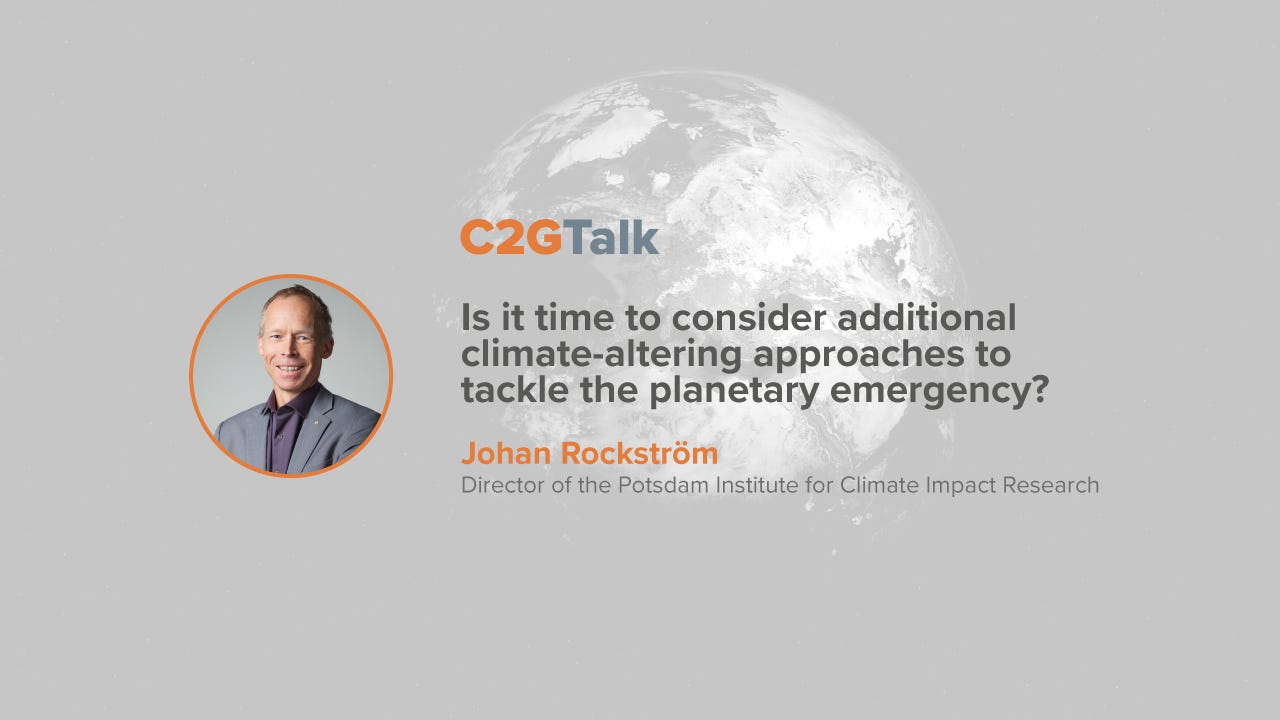
The main author, Paul Raskin, had been a member of the Earth Charter Commission and is currently a member of the Club of Rome.10Funding came from Rockefeller Foundation and UNEP.
World Economic Forum became the main vehicle to realise their vision, in tandem with the United Nations. This was manifested through the merging of UNs Agenda 21/Agenda 2030 and WEFs The Fourth Industrial Revolution, with the signing of a partnership in June 2019.11

Club of Rome is now one of the leading advocates for a declaration of a “Planetary Emergency “by the UN General Assembly during the Summit of the Future in 2024.12 This could trigger the set up of an Emergency Platform to establish the envisioned Technocratic Dictatorship. “Für ihrer sicherheit.”
The UN LEADER PACT FOR THE FUTURE
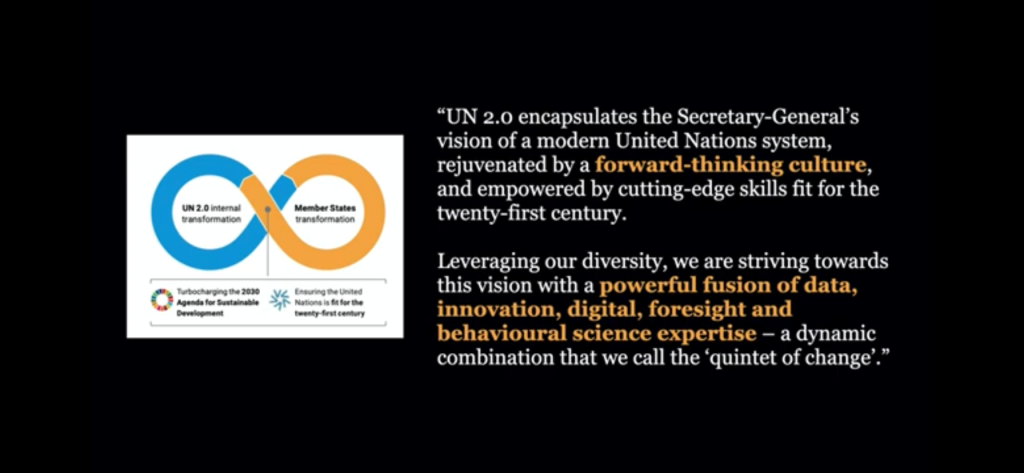
Subscribe to The Pharos Chronicle – Jacob Nordangård, PhD
Jacob Nordangård, PhD – Geopolitics, Science & Technology, Politics behind the scenes

Digital Public Infrastructure for One Earth, One Family and One Future
G20 leaders meeting uncovers new technocratic concepts
Transition to a New Global Order
United Nations New Agenda for War and Robotocracy
„Neural techniques that invalidate free will“
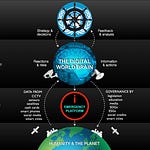
The Pharos Chronicle – Jacob Nordangård, PhD is a reader-supported publication. To receive new posts and support my work, consider becoming a free or paid subscriber.
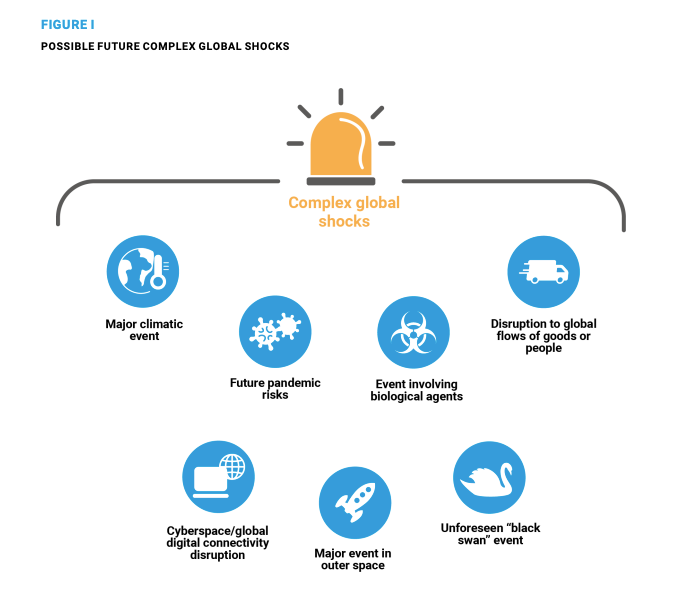
Hinterlasse einen Kommentar